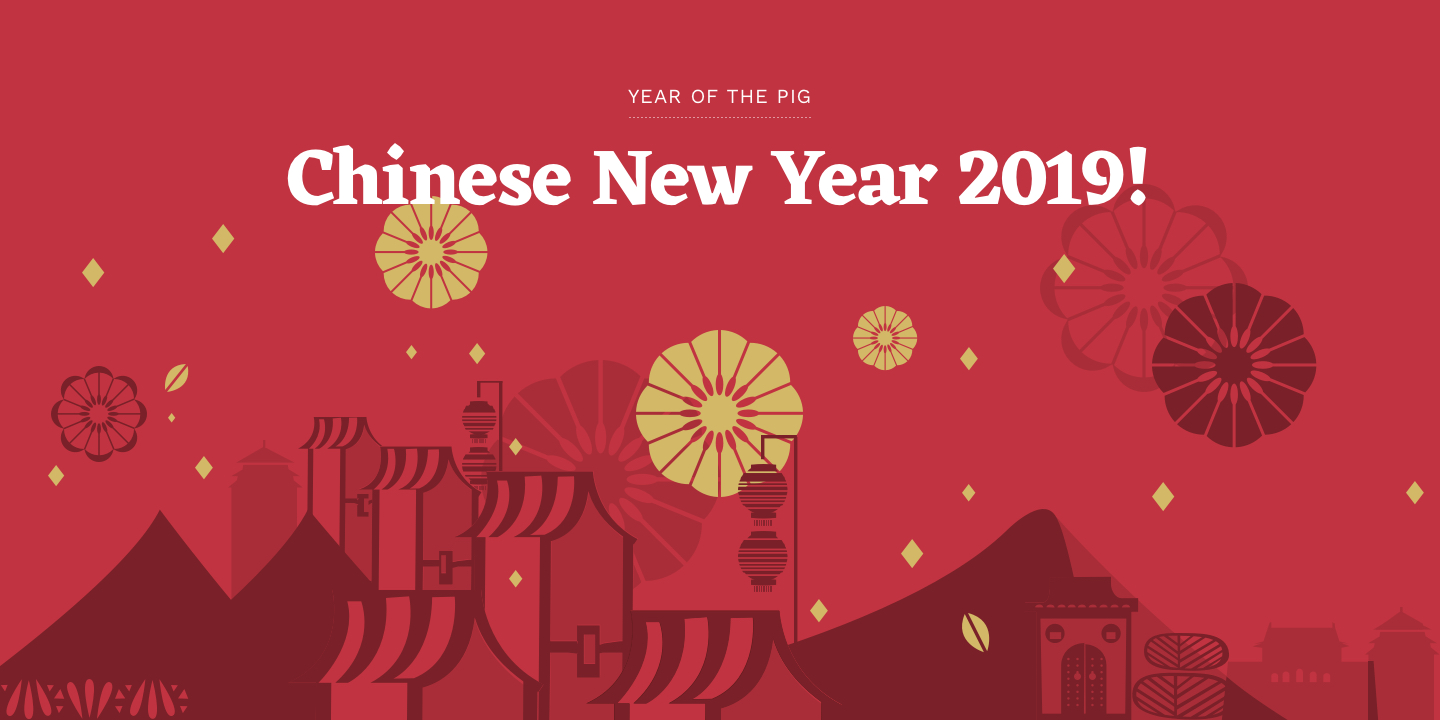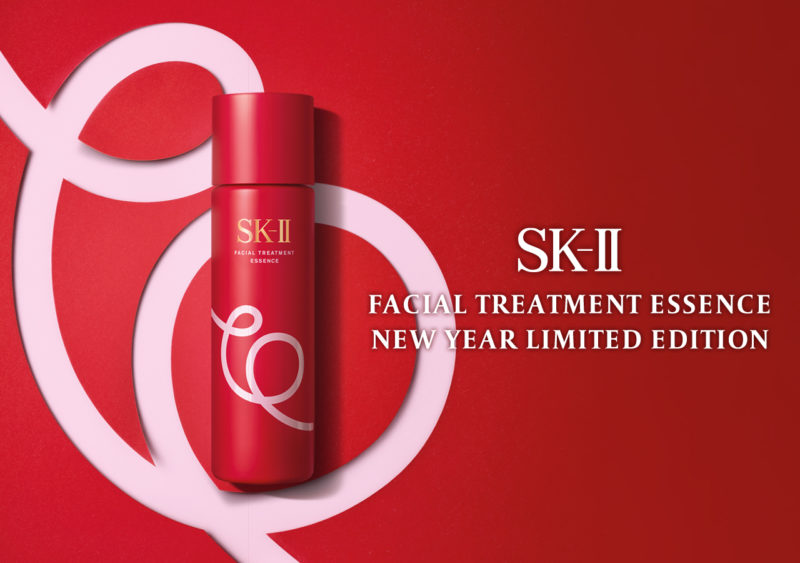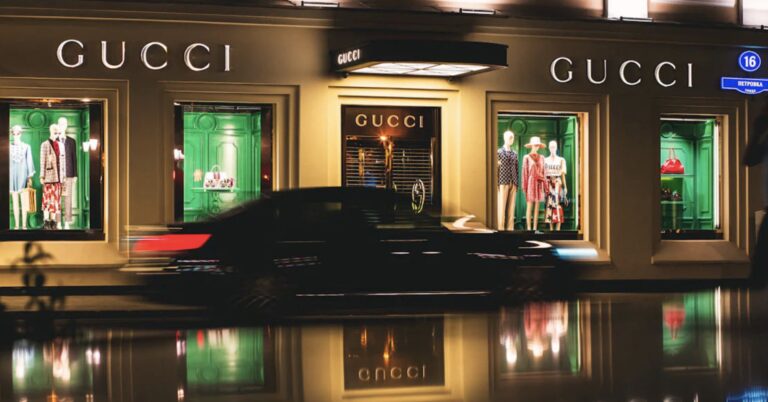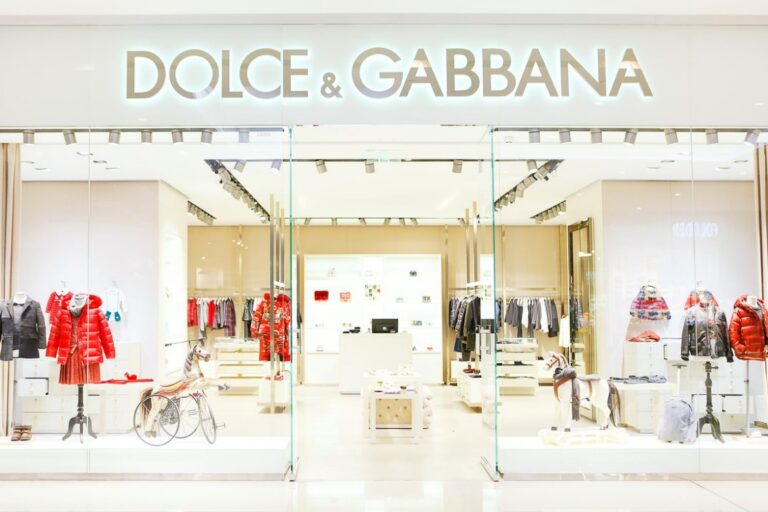How foreign brands can leverage Chinese elements to approach the consumers
For the rest of the world, it might already be a brand-new year, but not for Chinese people. The Chinese Lunar New Year is on the 5th of February in 2019. It is the most important traditional Chinese festival, which is also known as ‘Spring Festival’. The Chinese Lunar New Year is a challenge for international brands to interpret as the festive holiday carries very special significance to Chinese people. In this article, Daxue Consulting highlights some controversial examples from this year.
How can Chinese Lunar New Year be interpreted?
1. Use the zodiac animal of the year
According to Chinese 12-animal zodiac, 2019 is the year of the pig. This appears to be a straightforward symbol of the New Year, yet much could be done wrong. Some animals are easier to use than others, e.g. rabbits, which is cute and harmless in both East and West cultures. But when it comes to pigs, foreign brands should be careful. Though pigs are a symbol of affluence in Chinese culture, they also could be used to call someone lazy or foolish.
We identified some negative reviews from netizens regarding campaigns such as the one of Gucci: some think this Chinese New Year special collection is hilarious; some are mocking what Gucci will do for their photo shooting next year (as the year after is the year of a mouse). Nevertheless, many Chinese netizens think the piggies are pretty cute (‘Meng’ as they said) and really like the droll pig figure on the products.
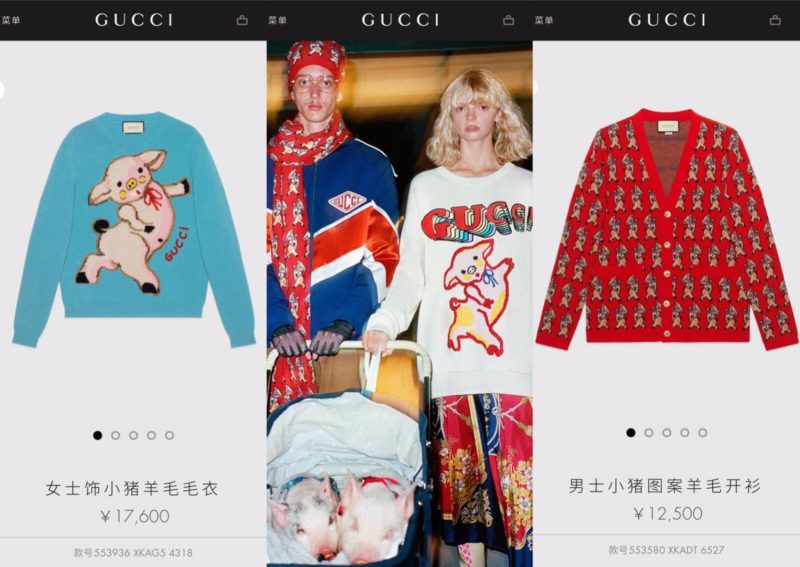
(CNY17.600 = USD2600, CNY12500 = USD1850)
A totally different strategy has been used by France luxury handbag brand Longchamp and Japanese high-end cosmetic brand SK-II, these two brands both use the element of pig’s squiggly tail in a more discreet and easily acceptable way.
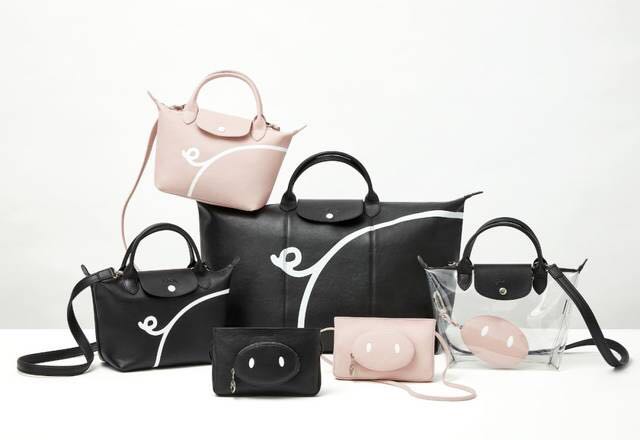 |
|
2. Use the Chinese language/wordplay
At the beginning of January 2019, Italian luxury brand Bvlgari released a promotion campaign on Chinese social media WeChat for the upcoming Chinese New Year. This post has since been deleted, which used a wordplay with Jew and Zhu (猪, Chinese for pig). Jew supposed to be the short version of jewelry and pronounced similar to Zhu in Mandarin, Bvlgari intended to use this smart mix-up to promote their Chinese New Year special collection of jewelry & watches. However, the brand seems to forget the other meaning of Jew and ironically the animal pig is ‘not kosher’.
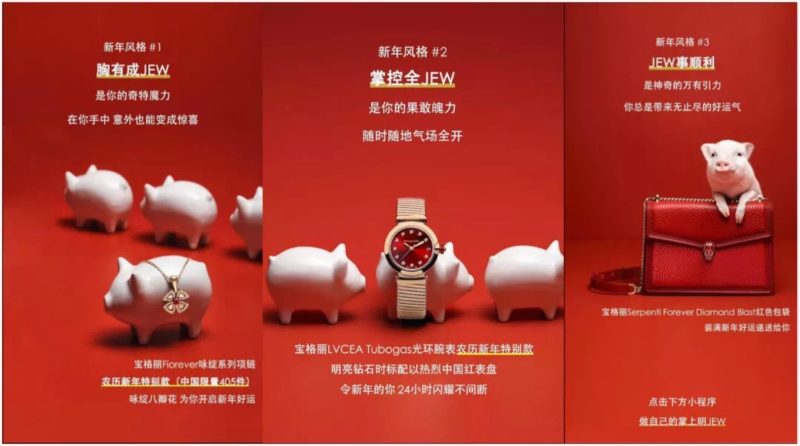
3. Using other traditional Chinese elements
Burberry also launched a Chinese New Year campaign, named “Modern New Year” (摩登新禧). The luxury British fashion label has snapped up two Chinese very powerful influencers Zhao Wei (赵薇) and Zhou Dongyu (周冬雨) for this big campaign. The idea of the shooting is to set a scene of a family portrait showcasing the luxury products. Unfortunately, some Chinese netizens thought the ad lacked warmth: ‘They all look so isolated from each other; no one in this pic seems to be happy.’ On the other hand, a lot of Chinese consumers see this ad as stylish and modern. It is clear that Burberry has successfully managed to attract the attention of Chinese, as both opinions have caused heated discussion on Chinese social media.

Another example is from U.S. high-end cosmetic brand Estée Lauder, which uses Chinese traditional paper-cut styled fans and changed the bottle color of their star-product from brown to red for the Chinese New Year campaign. This ad successfully creates a traditional and festive era, and at the same time, stays chic.
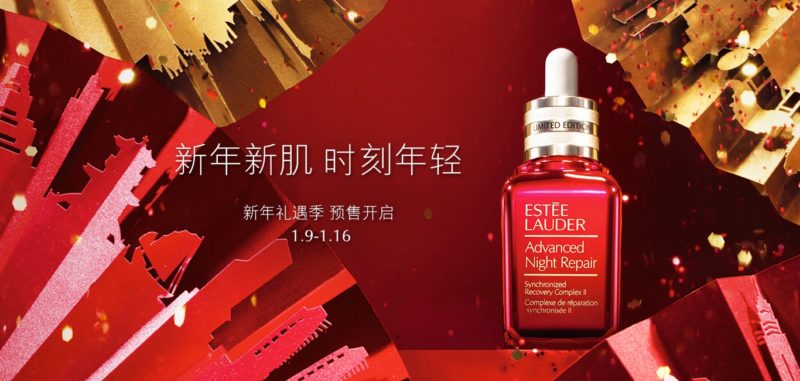
Do NOT neglect the perception of local Chinese
Not long ago, Dolce&Gabbana released three now-deleted promotional videos presenting a Chinese model eating Pizza and spaghetti using chopsticks, these ads were accused of being stereotypical, insensitive and disrespectful by Chinese consumers. With following poor China crisis management of D&G, the brand received huge reputation damage in China. It is doubtful that insulting China was the intention of D&G, instead, the brand tried to engage with Chinese consumers by using typical Chinese elements like chopsticks. Unfortunately, they neglected the perception of Chinese consumers by calling Italian food ‘great’ and chopsticks ‘stick-shaped cutlery’. To avoid misunderstanding and unnecessary brand image damage, international brands need to put great value on consultation from local experts.
Author: Chencen Zhu
Chinese culture is unique and very different from Western one including holidays and festivals. Even the New Year, Chinese celebrate differently, for example of a cultural feature is the date of the New Year, namely January-February based on the Lunar calendar and every year the date of the holiday varies. All companies, especially international luxury brands do not miss the opportunity to make a marketing campaign on the eve of the holiday and get more loyalty and brand awareness from Chinese customers. But to make sure that your campaign will go successfully and your brand name will not be spoiled, we recommend to consult with the experts, who are familiar with the Chinese market characteristics.
Daxue Consulting can create and manage complex and various methodologies to answer your Branding issues, to find answers to all questions do not hesitate to contact our project managers at dx@daxueconsulting.com.


